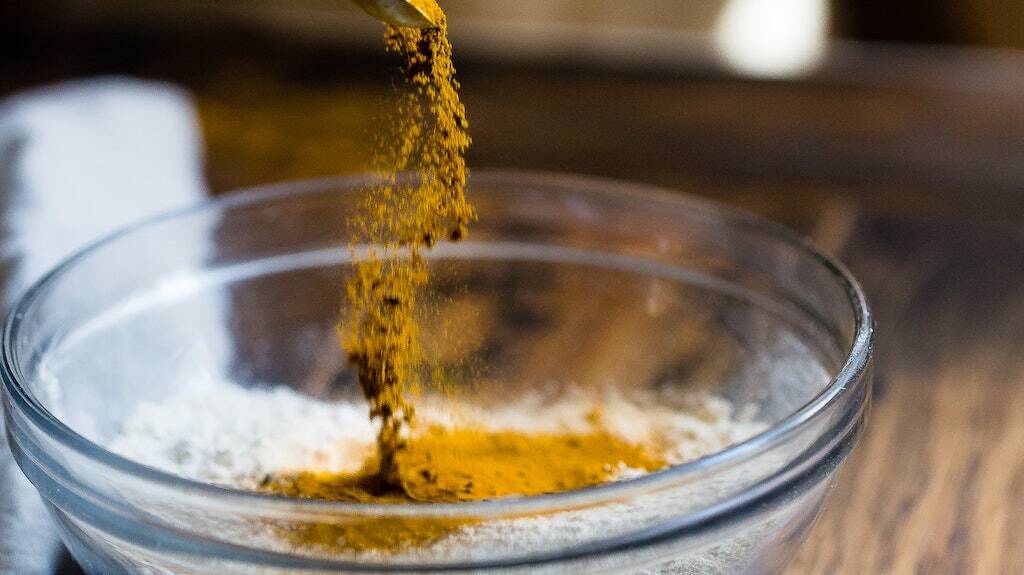Food trends in 2022
“Plus ça change plus c’est la même chose”, as the French say.
Literally this means that no matter how much things change, they still stay the same.
And we could say the same to about half the things that various pundits are predicting will be the new food trends of 2022, based on what we wrote about back at the end of 2019 (It’s December – it must be prediction time!).
Back then for example, we covered the move away from meat and fish and towards vegetables (and ‘fake meat‘ and ‘fake fish‘), and they’re still saying that now. And the trend of people wanting to know where their food comes from is clearly continuing into 2022 as well.
So this year we have sneakily waited until January to do our own review, since we can now see what everyone else thinks will be happening and decide if we agree or not!
So here are some of the trends that have been predicted, split into general trends and food/ingredient trends…
General Trends
There is a continuation of a very general trend of trying to eat more healthily, with an unsurprising focus on foods to eat to maintain the immune system. Which in turn explains another trend – people wanting to know exactly what is in the food they eat, whether out shopping or dining in a cafe or restaurant. To meet this demand, food manufacturers (particularly those in the plant-based arena) are putting a lot more information on their packets, not only describing what is and what is not in the product, but also increasingly information about the sustainability/climate impact of their foods.
Similarly, cafes and restaurants are changing their menus to suit fussier eaters, with the abbreviations V, VGN, GF now increasingly common on most menus. Expect a few more abbreviations to join them, such as ‘DF’ (dairy free) and – some pundits are predicting – ‘C’ for ‘carbon emissions’ in the wake of the recent UN Climate Change Conference, which highlighted that agriculture and the food we eat is second only to the energy sector in greenhouse gas emissions. The Honey | Kitchen section on Nine calls this trend Climatarianism and claims it’s the new veganism.
A linked trend is one being called ‘Reducetarianism‘. Reducetarians are wannabe vegans but don’t have the guts to go the whole way. They just want to reduce their consumption of meat dairy and eggs without forgoing them entirely. Anecdotally a lot of people seem to have a big problem giving up cheese.
Another trend that’s still with us is the ‘at home’ aspect of COVID life around the world. With continuing restrictions on going out, many people have been beefing up their ability to cook at home with new gadgets (air fryers, dehydrators and food processing devices still flying off the shelves) and being more adventurous with recipes and meals. Others have simply turned to meal kits like HelloFresh instead of going out to eat. One good outcome of all the COVID changes, in the US at least, is that more families are eating together than before, with US stats showing that 31% of families are eating together now compared to only 18% pre-pandemic.
Foods/Ingredients
Foods and ingredients that are predicted to become ‘a thing’ in 2022 are really a result of the general trends outlined above. The focus is on ‘healthy’. In no particular order here are a few foods you may start to hear more about this year…
Medicinal mushrooms
The more scientists look into the benefits of eating mushrooms, the more they find. Although they’ve been on the menu for a very long time it’s only recently that mushrooms have moved into the superfood category. Interestingly different types of mushrooms do different things, from supporting the immune system to boosting brain function, and a lot of other things in between.
Moringa
Moringa is a green powder derived from the Moringa tree (Moringa oleifera) that is native to India and also grown in Asia, Africa and South America. It is rich in many essential nutrients and vitamins and very low in fat and cholesterol. It’s commonly added to smoothies and other drinks or just sprinkled on to food.
Nootropics
These are sometimes referred to as ‘smart drugs’ because they can boost brain performance. Some of these are prescription drugs, but nootropics also include for example caffeine, gingko biloba and ginseng.
Hibiscus
If you thought hibiscus was just a pretty flower, think again. It’s now considered another superfood due to high levels of antioxidants.
Linseed (flaxseed)
Not just for cricket bats (maybe cricketers have been secretly drinking the oil in the pavilion), linseed – also known as flaxseed – is a good source of dietary fibre and omega-3 fatty acids.
Wild foods
TV chef Hayden Quinn thinks that wild foods – those you can forage (or hunt) for – will be making a comeback in 2022.
Sacha inchi
Sachi inchi is a native South American seed, sometimes called the ‘mountain peanut’ which has reached superfood status as it’s high in omega-3 fatty acids and tryptophan (an essential fatty acid because it cannot be made by the human body), plus it’s a good source of plant-based protein. Look our for Sacha inchi milk!
Yuzu
Yuzu is a citrus fruit from Japan, China and Korea about the size of a tangerine. It’s a little more bitter than other citrus fruits and is described as tasting like a combination of lime, lemon and grapefruit.
Sunflower seeds
Again another ingredient that’s been around forever, sunflowers seeds are now starting to appear in all sorts of other places, like crackers, cream cheese and ice cream. They’re pretty good for you too, with a decent amount of protein and unsaturated fat. As they’re seeds not nuts, they’re also great for school lunchboxes.
Turmeric (pictured above)
Previously pretty much only used in Indian cooking, turmeric is now mixed in with milks, in coffee and now making its way into cereals. Expect to see it everywhere in 2022.
Potato milk
Forget almond milk, oat milk, soy milk – there’s a new kid in town. It doesn’t sound very appealing as a milk but we haven’t tried it yet so who knows? Its main advantage is that it has a much lower carbon footprint than the current crop of plant-based milks.
Finally, talking about drinks, another big trend in 2021 expected to continue this year is zero alcohol drinks. Now, instead of having to rely on those old favourites orange juice, coke and soda water, there are now a number of brands out there doing very convincing zero alcohol versions of standard drinks like whisky, gin, tequila and rum and of course beer, wines and champagnes. Look carefully and you may even find a zero alcohol bar somewhere!
Let us know if you’ve spotted some other trends we haven’t…
Check out our sources
https://naturallygood.com.au/healthy-business/food-trends-to-expect-in-2022-and-why-they-need-to-be-on-your-shelves/
https://kadence.com/wp-content/uploads/2021/10/Kadence_FB-Trends-2022-and-beyond_DV11.pdf
https://media.wholefoodsmarket.com/whole-foods-market-reveals-top-10-food-trends-for-2022
https://kitchen.nine.com.au/latest/food-trends-set-to-take-off-in-2022/d4bd63ae-4536-4d08-a42e-5ed49c49a5e6
https://goodnessme.com.au/blogs/news/goodnessme-reveals-top-10-food-trends-for-2022
Main image credit: Taylor Kiser on Unsplash







